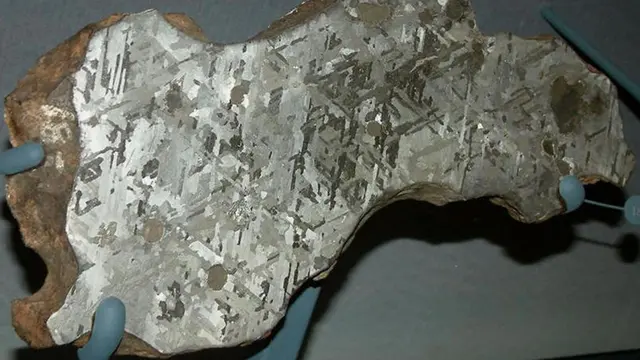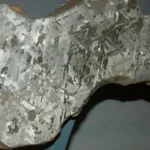Indian Tectonic Plate Spilitting Beneath Tibet?
For a long period, it has been known that the Indian and Eurasian tectonic plates collided 60 million years ago to form the greatest mountain range on Earth, the Himalayas. But recent studies now show a more intricate mechanism operating far below the surface.
The Indian Plate appears to be breaking apart as it subducts beneath the Eurasian Plate, according to recent seismic data presented at the American Geophysical Union conference. This process, called “delamination,” happens as the lighter upper layer of the Indian Plate slides beneath Tibet as the denser lower layer separates and descends into the mantle.
This process was discovered by a team headed by Lin Liu, a geophysicist at the Ocean University of China, using seismic wave data from 94 stations in southern Tibet. According to their findings, the plate broke approximately 100 km below the surface, revealing unique subsurface formations. Because of this fragmentation, heated mantle material can enter, deforming the base of the plate and changing the collision’s dynamics.
Measurements of helium isotopes in Tibetan springs offered more proof. Unexpected mantle signals were seen in springs close to Bhutan south of a crucial border, suggesting that mantle material is rising through a void left by the plate’s delamination. Near Bhutan, seismic imaging also showed a rift in the lowermost stratum of the Indian Plate, with unbroken portions to the west and shattered portions to the east.
Understanding the evolution of the Tibetan Plateau and the Himalayas will be greatly impacted by this revelation.
Seismologist Anne Meltzer of Lehigh University underlined the significance of comprehending these mechanisms. She clarified that “almost every landmass has been shaped by similar collisions,” emphasising the significance of this study for evaluating tectonic development and earthquake hazards.
Because of its unusual composition thick continental crust on one side and thinner oceanic slabs on the other the Indian Plate is especially vulnerable to rupturing under tremendous tectonic forces. The Himalayan front’s crescent form and the plate’s vulnerability to fractures are both results of these differences.
This study is the first to observe delamination in a sinking tectonic plate, albeit there are still some unknowns. The results, which contradict long-held beliefs about plate behaviour, are “fundamental” to comprehending continental collisions, according to geodynamicist Douwe van Hinsbergen.





